Surface Treatment Techniques for Aluminum Die Casting
Shot peening, shot blasting, sandblasting – Surface Treatment for aluminum die castings
In aluminum die casting, achieving high-quality surface finishes is crucial for ensuring the durability, functionality, and aesthetic appeal of cast parts. Shot peening, shot blasting, and sandblasting are three essential surface treatment methods used in the die casting industry to improve the mechanical properties and performance of aluminum alloy components. These techniques help remove surface contaminants, enhance fatigue resistance, and increase coating adhesion, all of which contribute to the overall quality of the final product. This guide delves into the processes, applications, and advantages of these surface treatments in the context of aluminum die casting, providing industry professionals with the knowledge needed to optimize their casting processes and achieve superior results.
Shot Peening: Definition, Process, and Applications
1.1 Definition
Shot peening is a method that uses fast-moving abrasive particles to impact the surface of metal, transforming harmful stress areas into beneficial compressive stress. This process enhances the fatigue life of metals, increases surface strength, and extends the material’s lifespan.
1.2 Process
The shot peening process encompasses precision shot peening and strengthening shot peening. Precision shot peening requires precise control of particle energy and angle and is typically used for surface finishing and maintenance of high-precision applications, such as superconductors. Strengthening shot peening is mainly utilized for modifying metallic materials, including castings, forgings, and welded parts.
1.3 Applications
Shot peening is primarily employed for the following purposes:
Enhancing the fatigue strength of metal parts and prolonging their service life.
Removing oxidation scales, welding slag, and contaminants from metal surfaces, improving surface roughness.
Increasing the roughness of wood, stone, and concrete surfaces, enhancing anti-slip performance.
Shot Blasting: Definition, Process, and Applications
2.1 Definition
Shot blasting is a mechanical impact treatment method that uses the high-speed projection of cast steel shots or steel beads to remove surface oxidation scales, welding slag, grease, and other contaminants. This process restores the substrate’s original color and creates a uniform surface roughness, enhancing the adhesion and corrosion resistance of coatings.
2.2 Process
Both batch-type and continuous-type processes are available for shot blasting. Batch-type is suitable for handling small and medium-sized parts, while continuous-type is optimal for mass production in assembly line environments. Key factors in the shot blasting process include the type of shot blasting machine, liner material, blasting media, nozzle angle, material entry and exit directions, and air pressure.
2.3 Applications
Shot blasting is primarily used for the following purposes:
Cleaning metal surfaces by removing oxidation scales, grease, and dirt.
Increasing surface roughness to enhance coating adhesion.
Removing aging layers and old coatings from concrete and floor surfaces while processing cracks and anti-slip textures.
What Materials Can Be Shot Blasted?
Shot blasting is a versatile cleaning process that can be used on various materials. These include, but are not limited to:
- Carbon Steel
- Engineering Steel
- Stainless Steel
- Cast Iron
- Titanium
- Copper
- Concrete
- Certain types of ceramics
In addition to the materials being cleaned, there are also several types of media that can be used in the shot blasting process. These include, but are not limited to:
- Steel
- Aluminium
- Zinc
- Copper
While alternative media such as glass beads and nutshells can also be employed for abrasive blasting, they are not classified as “shot” and therefore are not included in this list.
3. Sandblasting: Definition, Process, and Applications
3.1 Definition
Sandblasting is a technique that uses high-pressure gas to propel abrasive particles against metal surfaces for cleaning purposes. It is primarily used to remove surface dirt, rust, and oxides; improve surface roughness; and increase coating adhesion.
3.2 Process
The sandblasting process includes three types: compressed air sandblasting, hydraulic sandblasting, and mechanical sandblasting. Among these, compressed air sandblasting is the most commonly used technique. Key factors influencing the process include the type of nozzle, air pressure, size and type of abrasive particles, distance, and angle of projection.
3.3 Applications
Primarily, sandblasting serves the following purposes:
Removing oxidation scales, grease, and contaminants from castings, forgings, and welded parts.
Improving the surface roughness of products and enhancing coating adhesion.
Cleaning cement pipes, food processing equipment, chemical tanks, and wastewater treatment equipment.
| Feature | Shot Peening | Shot Blasting | Sandblasting |
| Definition | Uses spherical media to induce compressive stress, enhancing fatigue resistance. | Utilizes steel shots to clean or prepare surfaces by removing contaminants. | Abrasive particles propelled by air to clean or roughen surfaces. |
| Primary Purpose | Improves fatigue strength and surface integrity. | Cleans surfaces and prepares them for coating. | Removes contaminants, rust, and roughens surfaces. |
| Media Used | Spherical steel, ceramic, or glass beads. | Steel shots, cast steel shots. | Sand, glass beads, aluminum oxide, garnet. |
| Applications | Aerospace, automotive, gears, springs, and components under cyclic stress. | Automotive, aerospace, and industrial parts cleaning and surface prep. | Construction, automotive, and metal fabrication for cleaning and prepping surfaces. |
| Surface Finish | Creates compressive stress for enhanced strength. | Produces uniform surface profile for better coating adhesion. | Roughens surface for improved coating adhesion. |
| Process Type | High-velocity impact to induce residual stress. | Abrasive impact for cleaning and texturing. | High-pressure abrasive stream for cleaning and surface preparation. |
| Advantages | Increases material strength and fatigue resistance. | Efficient for surface cleaning and preparation. | Effective for cleaning, rust removal, and surface roughening. |
| Disadvantages | Requires precise control over parameters. | May cause minor surface damage if uncontrolled. | Can damage softer materials if misapplied. |
Summary
This overview compares and highlights the differences and applications of shot peening, shot blasting, and sandblasting—three commonly used methods for metal surface treatment. Each process has its advantages and ideal use cases. Proper selection and application of these techniques in practical operations can significantly enhance efficiency and product quality.

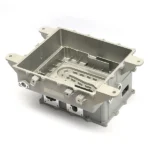
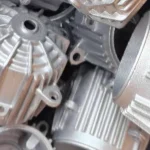
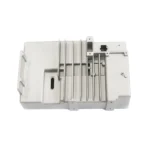
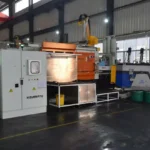
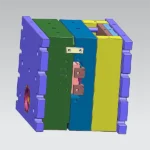
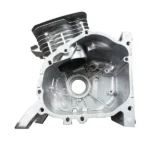



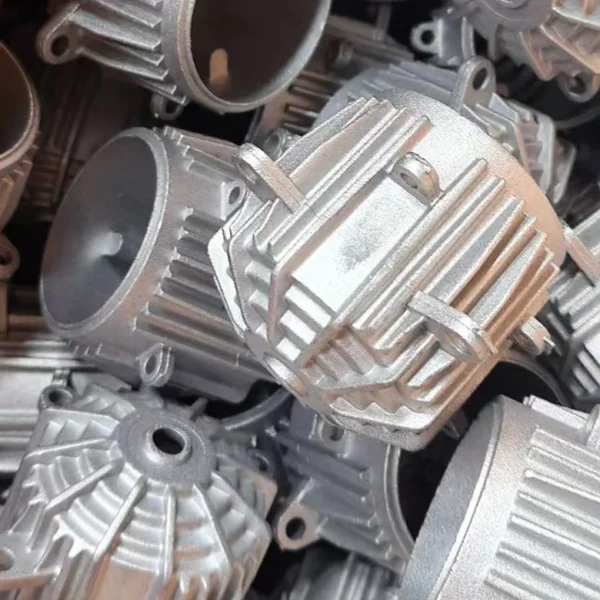
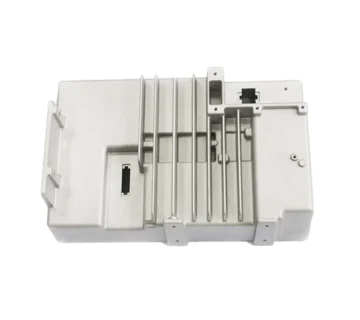
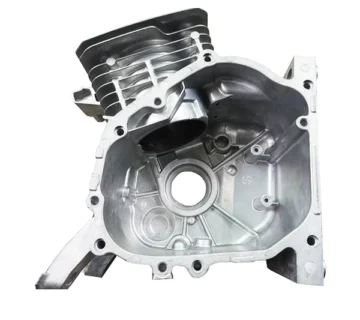
No comment